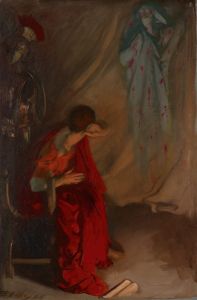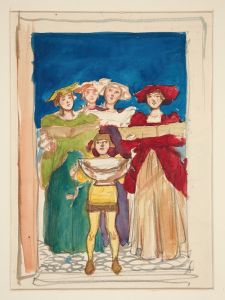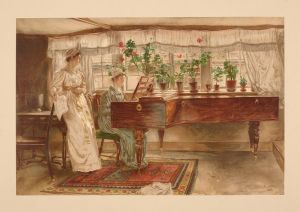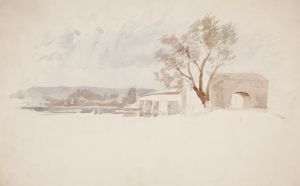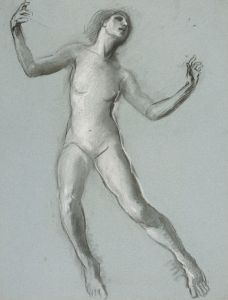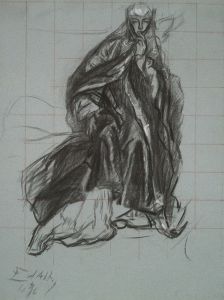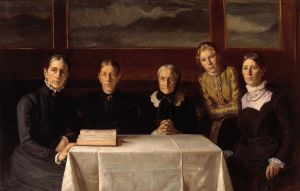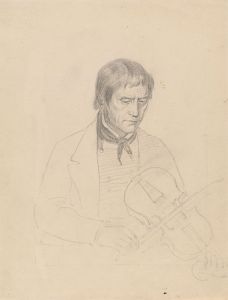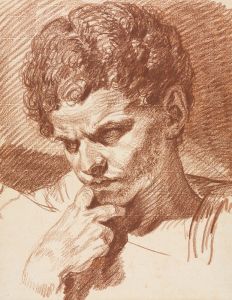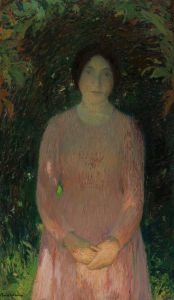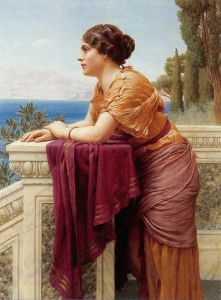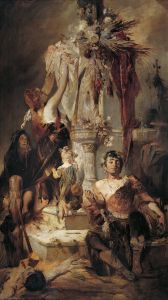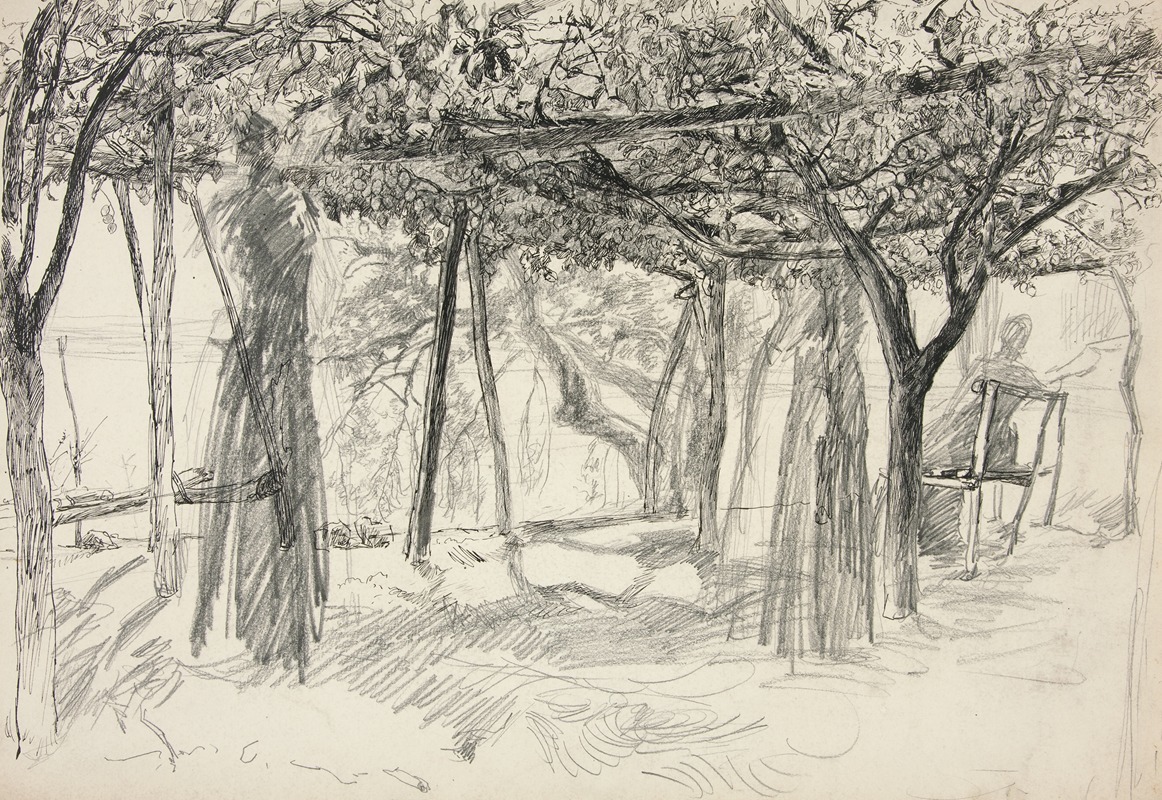
Figures under an arbor
A hand-painted replica of Edwin Austin Abbey’s masterpiece Figures under an arbor, meticulously crafted by professional artists to capture the true essence of the original. Each piece is created with museum-quality canvas and rare mineral pigments, carefully painted by experienced artists with delicate brushstrokes and rich, layered colors to perfectly recreate the texture of the original artwork. Unlike machine-printed reproductions, this hand-painted version brings the painting to life, infused with the artist’s emotions and skill in every stroke. Whether for personal collection or home decoration, it instantly elevates the artistic atmosphere of any space.
Edwin Austin Abbey's "Figures under an Arbor" is a notable work by the American artist, who was renowned for his illustrations and paintings that often depicted scenes from literature, history, and everyday life. Abbey, born in 1852 in Philadelphia, Pennsylvania, was a prominent figure in the late 19th and early 20th centuries, known for his detailed and evocative works.
"Figures under an Arbor" exemplifies Abbey's skill in capturing the essence of a scene with meticulous attention to detail and a keen sense of atmosphere. Although specific details about this particular painting are scarce, Abbey's broader body of work provides context for understanding his artistic approach and thematic interests.
Abbey was heavily influenced by the Pre-Raphaelite Brotherhood, a group of English painters, poets, and critics founded in 1848. This influence is evident in his use of vibrant colors, intricate details, and the romanticized portrayal of his subjects. His works often feature historical or literary themes, and he was particularly known for his illustrations of Shakespearean plays and other classic literature.
In "Figures under an Arbor," Abbey likely employs his characteristic style to create a scene that is both realistic and imbued with a sense of narrative. The use of an arbor—a structure often associated with gardens and outdoor leisure—suggests a setting that is both natural and cultivated, providing a backdrop that enhances the interaction of the figures within the composition. The arbor may symbolize a place of refuge or contemplation, a common motif in art that invites viewers to consider the relationships and stories of the figures depicted.
Abbey's technique often involved careful studies and sketches before executing the final painting, ensuring that each element of the composition contributed to the overall narrative and aesthetic. His ability to convey texture, light, and shadow would have been employed to bring the scene to life, engaging viewers with its realism and inviting them to explore the subtleties of the depicted moment.
Throughout his career, Abbey achieved significant recognition, both in the United States and abroad. He was elected to the National Academy of Design in 1902 and became a full member of the Royal Academy in London in 1898, reflecting his international acclaim. His works are held in numerous prestigious collections, and he remains a respected figure in the history of American art.
While specific information about "Figures under an Arbor" is limited, it can be appreciated within the context of Abbey's broader oeuvre, which consistently demonstrates his mastery of composition, narrative, and historical reference. Abbey's legacy continues to be celebrated for its contribution to the visual arts, particularly in the realm of illustration and historical painting.






